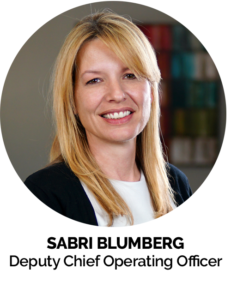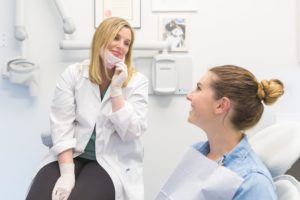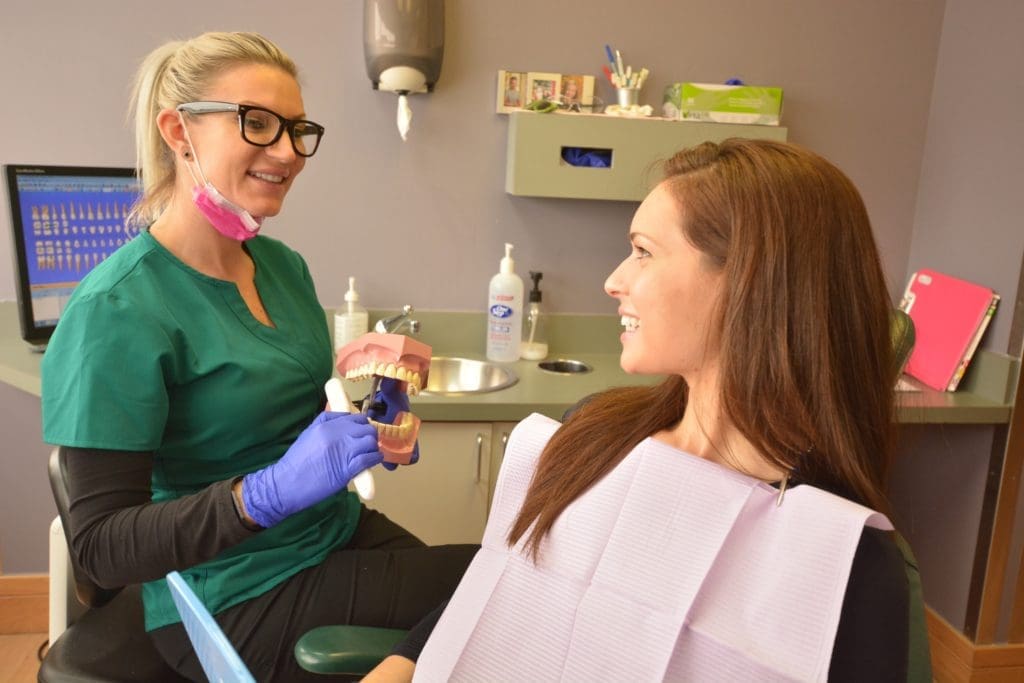Last updated on November 28th, 2025 at 07:00 pm
Last updated on November 3rd, 2025 at 09:03 pm
 Building a productive and growing recall program is one of the most important aspects of running a dental practice. With MGE clients, we want to see the Hygiene Department steadily growing with a high percentage of patients being retained on a regular hygiene schedule. Over time this translates to more patients staying in the practice on recall and more hygiene days.
Building a productive and growing recall program is one of the most important aspects of running a dental practice. With MGE clients, we want to see the Hygiene Department steadily growing with a high percentage of patients being retained on a regular hygiene schedule. Over time this translates to more patients staying in the practice on recall and more hygiene days.
But…when a “more is better” attitude gets applied too aggressively to how many patients an individual hygienist should see per day, things can go wrong.
Let me explain.
And note, I’ve considered three factors in my explanation: the quality of care for the patient, the hygienist’s ability to manage their schedule on a daily basis, and from a business perspective, the productivity of the dental practice as a whole.
(Related: What is Your Hygiene Department’s Maximum Potential?)
In a typical practice, a full-time hygienist sees between 8-10 patients per day. In a practice with accelerated or assisted hygiene, that number may be around 16. And I’ve seen everything in between.
When it comes to determining what this number is for your office, you’ll need to consider a number of issues. At the top of the list is patient comfort and quality of care. Following this, you’d need to look at what needs to be accomplished during a routine hygiene visit in your practice.
Oh, before I dive further into this article, I wanted to mention that we have a free e-book called The Profitable Hygiene Department, which has a ton of great information on how to build a consistently productive and profitable Hygiene Department that’s a real asset to your practice! Download the free ebook.

For example, the average hygiene visit would include:
- Treatment—The patient gets the treatment that they need from the hygienist (prophy, perio maintenance, SRP, debridement, etc.)—whatever the patient came in for that day.
- Diagnostics: Any needed diagnostics (x-rays, probing, etc.)
- Education: The hygienist needs time to educate the patient on what is going on with their periodontal health and ensure that the patient understands what they need to do at home to maintain or improve it. The hygienist would also help the doctor to educate the patient on any dental treatment the doctor may have diagnosed, thereby helping the patient to see the importance of that treatment.
- Exam: The doctor does a thorough exam to diagnose any necessary treatment (or re-confirm a previous diagnosis).
- Doctor Time: The doctor answers any questions or concerns the patient may have so the patient commits to any treatment they need.
- Front Desk: Any needed paperwork is done, and the patient is scheduled for their next hygiene visit.
For the average hygiene visit, we see most or all of the above in play. As long as there is enough time to do all those things and do them well, the patient ultimately moves toward improved oral health.
As you can see, all of this requires some time. Especially when it comes to educating the patient and ensuring they get the treatment they need.
(Related: Jumpstart Your Hygiene Department)
Let’s say the patient needs limited scaling, Arestin, or anything beyond a simple cleaning—there needs to be enough time to educate the patient on why and gain their cooperation. And educate them on why they ended up in this condition, so they can work at home and improve their oral health over time.
If there isn’t enough time to do this correctly, the hygienist is left with two options—they don’t do it and figure they’ll discuss it with the patient next time, or they do it anyway but don’t charge for it. Either way isn’t good for the patient. Because if we do it without explaining/charging, the patient never gets to take responsibility for improving their home care. The patient assumes they’re doing a good job because that’s essentially what we just told them. As far as the patient’s concerned, that’s just a simple cleaning.
From a business perspective for the practice, what matters is:
- The hygiene department is growing over time. Assuming that you get at least some number of new patients every month, if you’re not adding hygiene days over time it means you’re losing patients.
- Patients that need dental treatment are getting diagnosed, treatment plans are being presented and a high percentage accept and follow through.
- The hygienist is producing at acceptable levels. In a PPO practice, the national average is about $1,500/day, and in a completely fee-for-service practice, it’d be $2,000+. So, they should be producing at least that much.
- Patients are having a positive experience and want to return for their next visit. Too short and it’ll feel rushed and a good relationship isn’t formed; too long and the patient will be annoyed and uncomfortable.
 Trying to squeeze an excessive number of patients onto a hygienist’s schedule is not the best way to achieve any of these targets.
Trying to squeeze an excessive number of patients onto a hygienist’s schedule is not the best way to achieve any of these targets.
If the hygienist and doctor don’t have enough time to educate patients, then those patients are less likely to accept and start the treatment they need. So, by squeezing more patients in you’re essentially gaining a few hundred dollars in hygiene production and potentially giving up thousands in doctor production. And more importantly, the patient isn’t getting the dental treatment they need to get healthy.
(Related: 6 Steps to a Productive Hygiene Department!)
If the hygienist isn’t producing $1,500 per day, that most often means they’re not doing everything they are capable of doing (SRPs, debridement, etc). It’s usually not that the hygienist isn’t seeing enough patients, it’s that the diagnosis, education and time necessary aren’t happening to get the patient to do the treatment they need.
For more information on building a profitable hygiene department, download our free ebook or check out the courses on our online training platform.
So how much time is needed for each hygiene appointment?
Generally, we’re looking at somewhere between 45-60 minutes per patient. This is definitely not a hard and fast rule. Some hygienists may be able to work faster and get everything done. I really don’t mind how much time you spend or how many patients you’re seeing, as long as you’re accomplishing everything that needs to be done during a routine hygiene visit.
And as the hygienist gains more experience treating patients and working together with the doctor, they’ll get quicker—just like with any activity, the more experienced and skilled you get, the quicker you can get the intended result. So, they may start out around that 60-minute mark and then speed up to 45 minutes over time.
With that said, I’m perfectly happy staying between 50-60 minutes per patient, because my highest priority is education, diagnosis and ensuring the patient gets all the treatment they need.
Of course, once you start going beyond an hour, patients are going to get impatient. Nobody wants to spend hours in the chair getting poked and talking about their oral health. And from a business perspective, if you’re only seeing 5-6 patients per day, your production is going to be too low.
(Related: 9 Ways to Fill That Last-Minute Hygiene Opening)
And some patients can be scheduled for shorter visits. Use your judgment in scheduling. A partially edentulous patient with 3 teeth probably doesn’t need a full 60 minutes! Nor does a 12-year-old patient.
What about accelerated hygiene?
 You need to do what works for you, but I’m going to give you my personal opinion here:
You need to do what works for you, but I’m going to give you my personal opinion here:
There is only one scenario when I would choose to do accelerated hygiene: if I’m located in a region where there is such a shortage of hygienists that it’s just impossible to hire enough hygienists to keep up with my patient base. In that case, I’ve got to make do with what I’ve got and use accelerated hygiene to see all my patients.
But in just about all other scenarios, I’m just not a fan. When you’re giving your hygienist 30 minutes or less with a patient, something is going to suffer. Maybe it crams the schedule so tight that the doctor’s exams or treatment presentations get cut short. Or maybe you lose some of the educational aspects. Chances are, something has to give.
(Related: 5 Hygiene Department Myths)
So, I say hire the number of hygienists you need to see your patients and keep your hygiene department growing while spending enough time with each patient. Even though the hygienists’ salary is higher than other positions, if you’re doing the things I covered above, it’s absolutely worthwhile for the practice and for the patients.
Looking to build a more productive and profitable hygiene department?
If you’re looking for growth, then hygiene needs to be a big focus. That’s how you keep your patient base active and growing over time. We’d be happy to do a free Hygiene Assessment with you to evaluate your potential hygiene production and give you a plan to achieve it. Fill out the form or call us today at (800) 640-1140.
We also provide systems for growing your hygiene department, along with comprehensive training for the Office Manager, Hygienist, and Scheduling Coordinator on our online training platform, DDS Success. If you’d like to see how it works, you can schedule a free demo.



I am a dental hygienist, 43 yrs in dentistry, 38 as a DH.I am professional and up beat. I am not your cookie cutter DH, I am your gourmet DH. When you say 45-60 mins, I need 75 mins, 60 mins is only 45 mins with patient in chair. 60 minutes gets X-Rays, Perio exam, patient education, exam, prophy, Perio Maintenance SRPs ( ( 1 1/2 for 2 quads of SRp) at least 1 a day if not 3 done, but then notes, clean up and set up not to mention sterilization duties. Plus we do need to go to the restroom, drink plenty of water. As a professional DH, is there time for personal phone calls? No, we do not have the time in our schedule. We are providers (with no respect) We are the reason patients come to the dentist, we are usually overworked and underpaid. Ever wonder why such a hygiene shortage or burnout? I didn’t go to college to be the office work horse!
Very well said Bobbye. ❤️